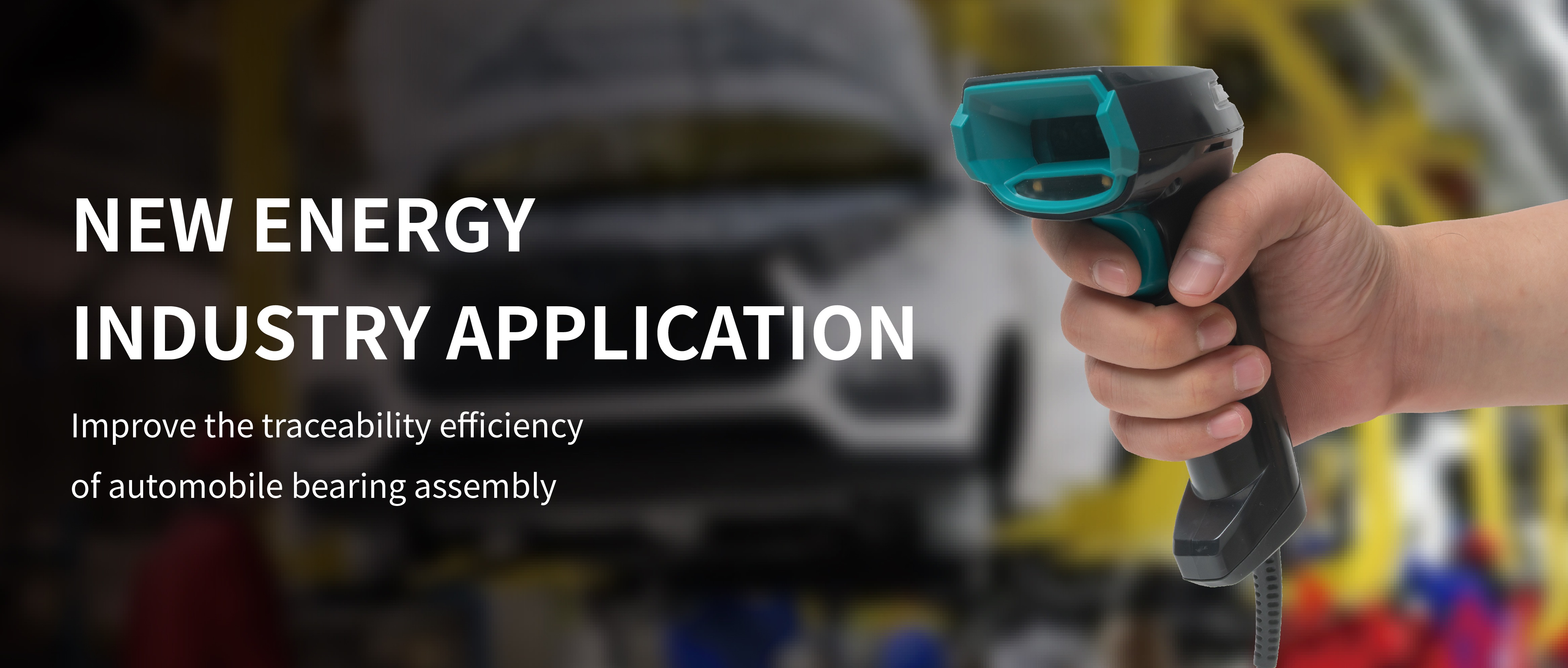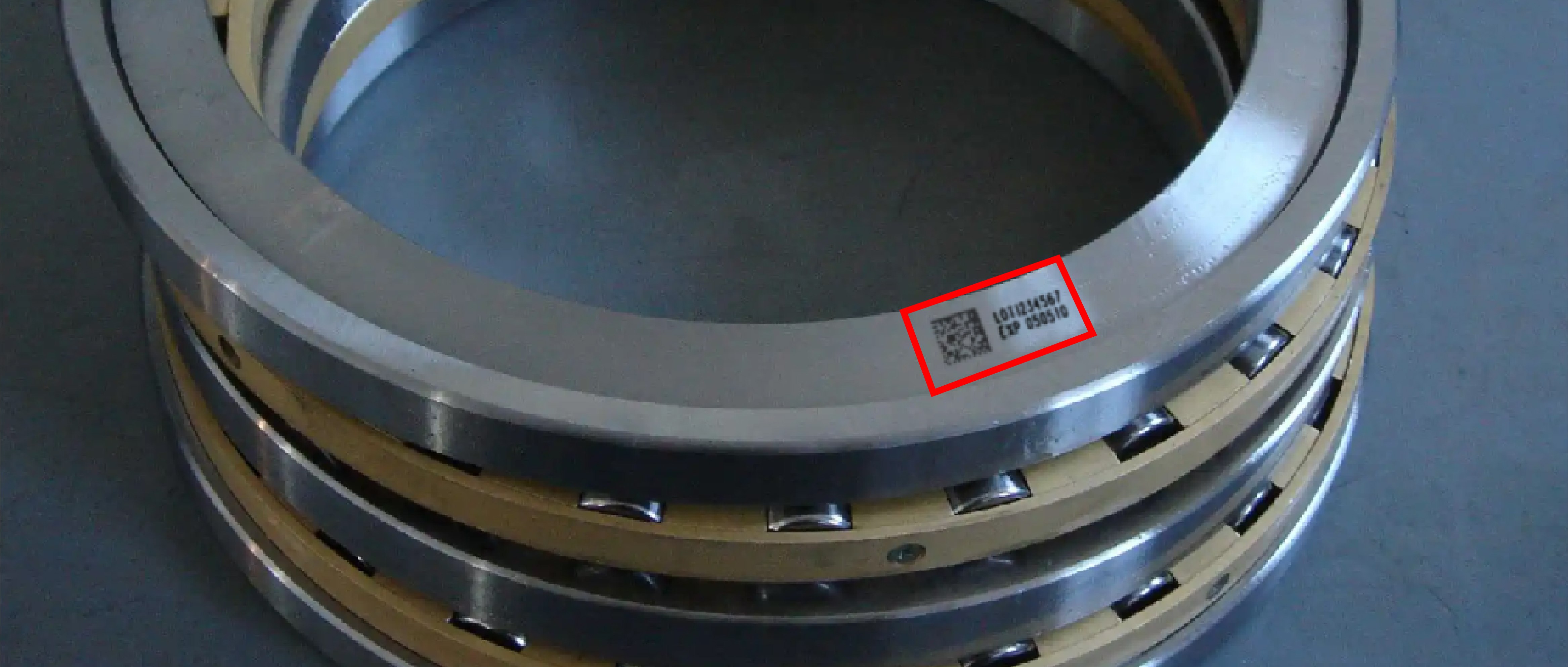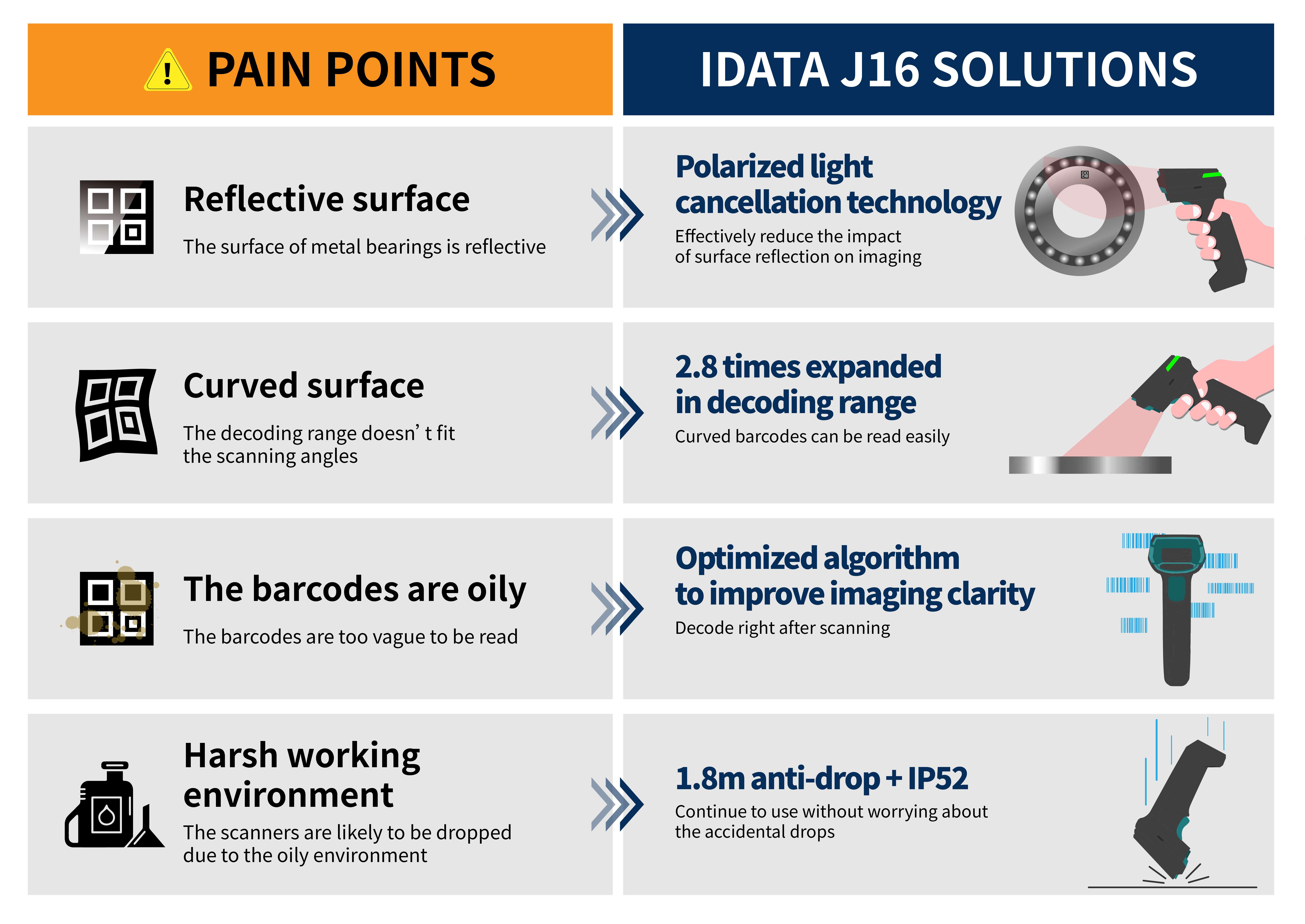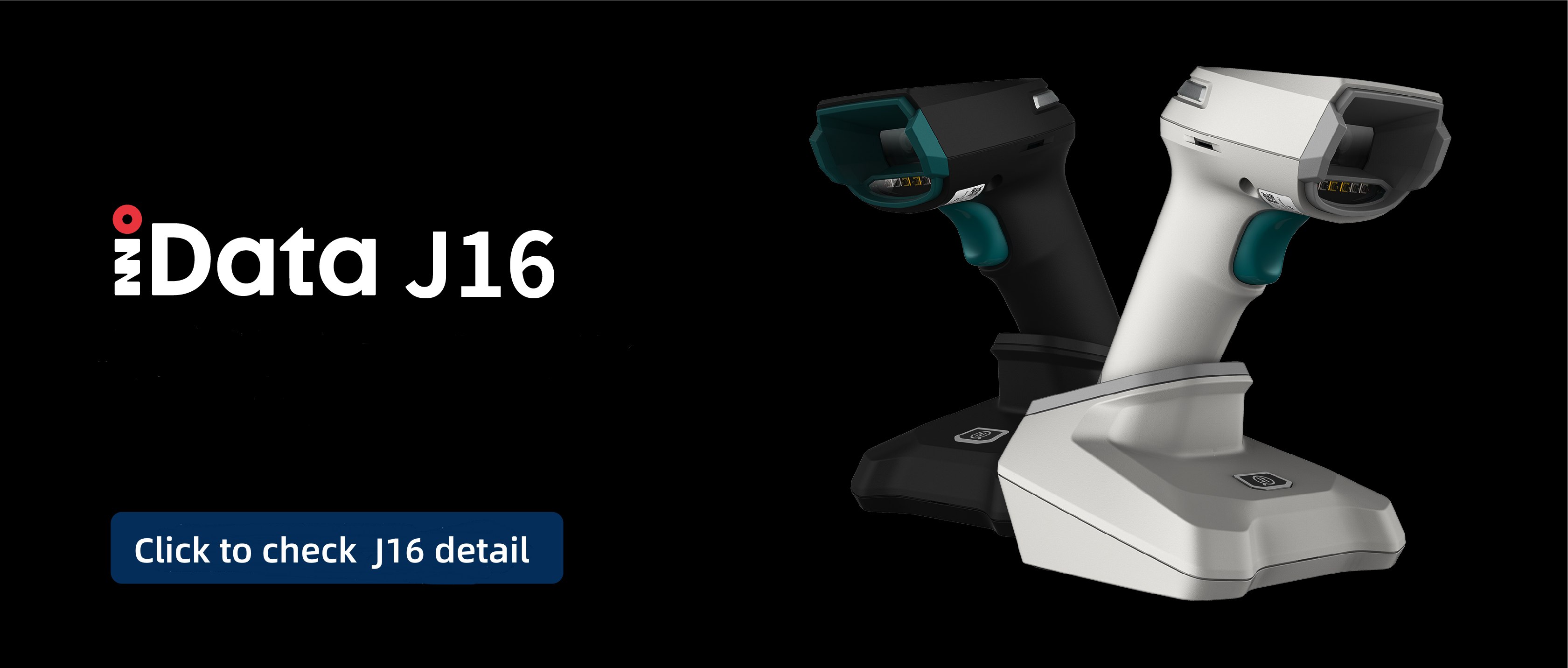
With the universalization of intelligent manufacturing, digital technologies have been introduced to automobile assembly. It can not only improve management efficiency and optimize processes but also achieve visual monitoring of the entire process to ensure product quality so that customer safety can be guaranteed.
Recently, iData launched a bearing assembly application for a large Chinese electric vehicle manufacturer. iData will share with you the details of the bearing assembly process and how to use a scanner to improve traceability efficiency in this application.

As one kind of auto part, most bearings are being engraved, dot engraved, or etched the unique barcodes on their surfaces. The color of these barcodes is usually similar to the color of the bearing, which makes the contrast relatively low. Furthermore, the surface of metal material is quite reflective, some of the barcodes will be engraved on a curved surface, which undoubtedly increases the difficulties of data capture.

After the bearings are enrolled in the stock system, they will be sent to the production line for assembly according to the production plan. The bearings will go through the“Hot oil assembly”, which was adopted by this factory, then the workers will scan the barcodes on the bearings to associate them with the motor. It requires a high standard in both scanning performance and protection for scanners in this particularly oily working environment.

Nowadays iData J16 has been widely used in the manufacturing industry, including electronic manufacturing, automobile manufacturing, etc. J16 has helped enterprises increase their data collection efficiency significantly.


About iData